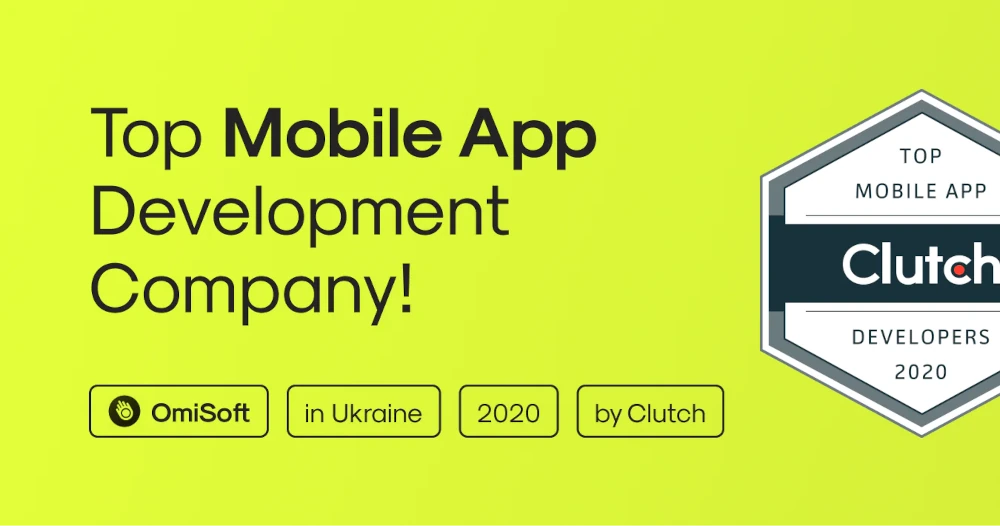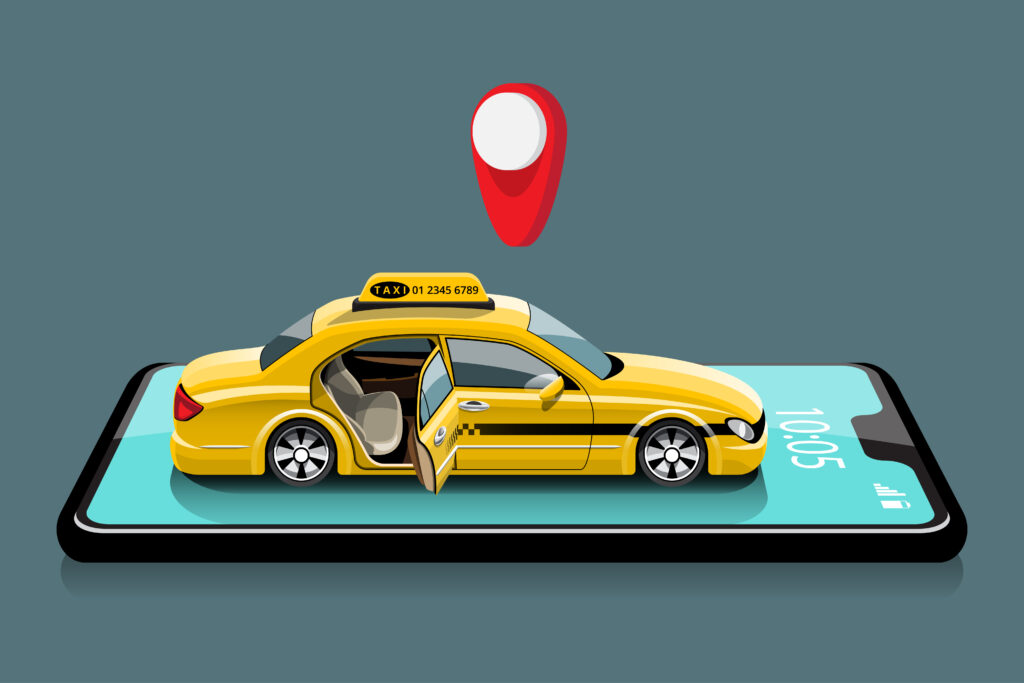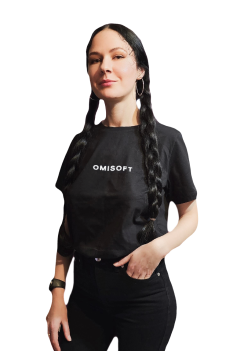Scale Your Business With Digital Transformation — Pro Tips On Product Launch

Before looking for a software product development company, it is important to understand that when it comes to launching the software, a product launch for an existing business and launching a startup are very different, although they have a lot in common.
In the first case, the product must complement an already commercially successful business, automate certain processes, and help to scale or enter new markets. Often the product is not earning anything at all, but at the same time is helping the business to grow faster.
In the second case, the startup is usually the heart of your business. Therefore the target audience and monetization are the driving force of it (we are going to talk more about this later on in our future posts, so stay tuned!).
In this article, we want to discuss the first case. Our dedicated development team made a rundown of the main points that will help you significantly increase the chance of a successful product launch, which will help your business reach new heights and not pour money down the drain.
Read on and see how software outsourcing Eastern Europe can help you bring digital transformation to your business and therefore help it scale faster!
Product Goals: How to Set
Before developing a product, it is important to understand what problems this product should solve, and what pain points it is going to cover. The software product development and services of IT projects are quite an expensive thing, so you should understand clearly what exactly you expect from it.
List the problems that you think the product should solve. For easier understanding, let’s look at an example. Let’s imagine that we are the owners of a pizzeria, and our customers can call and order pizza for delivery. It might be convenient for a customer, but not so much for a business, as it takes more time to create and process an order. The solution — digitalization! We want to develop a delivery app that will automate this process.
So, let’s make a list of features that our potential customers can use in-app:
- View the product catalog
- Product categories with convenient search
- Adding products to the cart
- Saving their info, so they don’t have to reenter it every time (name, phone number, address, etc.)
- Placing an order
- Checking order status and estimated delivery time (popular in food delivery apps)
Also, we need to motivate our customers to place orders more often, for this we will need:
- Promo deals that will allow getting more for the same money
- Cumulative bonus system
- Ability to send emails and push notifications with promotions and bonuses
- This, in turn, makes it necessary to add registration and authorization
Also, there should be a convenient administrative panel for the operator who has to process orders. That’s where all the customers’ orders will arrive, but for the sake of making the article easy to grasp, let’s omit this point. And go to other things important in the product launch plan.
Define your MVP
An MVP (Minimum Viable Product) is an early version of a product that solves at least one problem (pain, goal) for the business.
The main value of MVP development is that we can spend very little time on design and development and get feedback from your customers fast on how convenient and useful the product is. And we can take it into account, in deciding how to move forward with building a product…
Let’s think about what functions are enough at the start? Go back to the list of the desired pizza app functions and choose what you think is necessary for an MVP product.
Actually, for our MVP, all it takes is to have a “Product Catalog View” with one button to order selected products and be able to call an operator. That’s all! In fact, we kind of implemented the menu of our pizzeria as quickly and cheaply as possible.
But if we are ready to get more serious from the very beginning, then we can form an MVP product roadmap as follows:
| Options | Should it be in MVP? | Development evaluation | Explanation |
| View the product catalog | Yes | 8-10 days | Users should be able to choose what they want |
| Product categories with search | No | 3-5 days | Initially you can do without it |
| Adding products to the cart | Yes | 2 days | We add the products to the phone’s local storage—it’s easy peasy |
| Saving data (name, phone number, and address) | Yes | 1 day | We add data to the phone’s local storage—not hard either |
| Placing an order | Yes | 1 day | If we have a CRM, we can integrate it in-app, if not—we can either choose a CRM or implement a simple server (the best option if you plan to develop the product in future) |
| Checking order status and estimated delivery time | No | 1 day | Initially you can do without it |
| Promo deals | No | 3-5 days | Initially you can do without it |
| Bonus system | No | 3-5 days | Initially you can do without it |
| Ability to send emails and push notifications with promotions and bonuses | No | 2 days | Initially you can do without it |
| Registration and authorization | No | 3 days | Initially you can do without it |
As you can see, to launch an MVP, it is enough to implement only 4 functions out of 10. Also, the whole process of a dedicated software development team work may take 14 days instead of 35 days.
And after 3 weeks, the mobile application will be up and working. And after that, we can work on it further as much as we want.
Project prioritization framework
One of the most important tasks in product development is right prioritization, which is why so many companies choose to outsource development Eastern Europe. Releases should be continuous, and each release should include high-priority features first, and companies in Europe are masters at that.
While we are developing the MVP, there are no particular prioritization issues, as everything that is included in the MVP has a high priority, and everything that is not included has a low priority.
But after the MVP, it’s important to take the time to prioritize all other desired features to understand what’s a high priority, medium priority, and low priority.
How to calculate product budget definition
During the cost estimation, the majority of Eastern Europe software development outsourcing companies take into account the following points:
- Budget for MVP development
- Budget for the development of the entire product
- Budget for further product support.
So, we have already figured out the first two points more or less. But how much do you need for the third?
The pro insight: It is considered good practice if the MVP budget takes up no more than 40-50% of the total budget that you are ready to allocate to the product.
In this case, if something goes wrong and some tasks take more time, you will still implement the MVP and some of the functionality on top.
Next comes product support. This is a very important step that many people usually do not take into account when planning their product budget. After the launch of the product, even if you do not plan to further development, it is still necessary to lay down at least a minimum budget for its support. It is very important to eliminate technical debt. It includes:
- Adaptation of the product after the release of new versions of Android, iOS, and browsers updates
- Updates after the release of new frameworks, SDK, and libraries that we use in our product
- Third-party services updates, such as analytics, authorization services, push notifications, etc., for which the product must be adapted
- Fixing security issues, security flaws that are regularly found by developers. Neglecting security problems can lead to data leakage and reputation loss.
If we are talking about our pizzeria app, it is enough to put in 20-40 hours per month if we do not plan to add new functionality in the future, or 80-160 hours if we plan to gradually develop the application. Everything varies from case to case and depends primarily on the set strategy.
The bottom line
As one of the leading IT outsourcing companies Eastern Europe, we’ve shared the basic tips for headache-free product development by identifying the following:
- What are the goals of the product and what problems should it solve
- What should be included in the MVP
- Which features are top priority and which are not
- What budget is required for product development and support?
The first 2 points are usually decided by a business analyst, who closely works with the customer. The second 2 points are the work of the project manager.
If you are facing a similar task – drop us a line, and we will help you go through this path as easy and fast as possible. Our Estern Europe outsourcing company covers the IT needs of our clients on a turnkey basis, offering the best solutions. We build partnerships, as we understand that happy clients—are regular clients





















